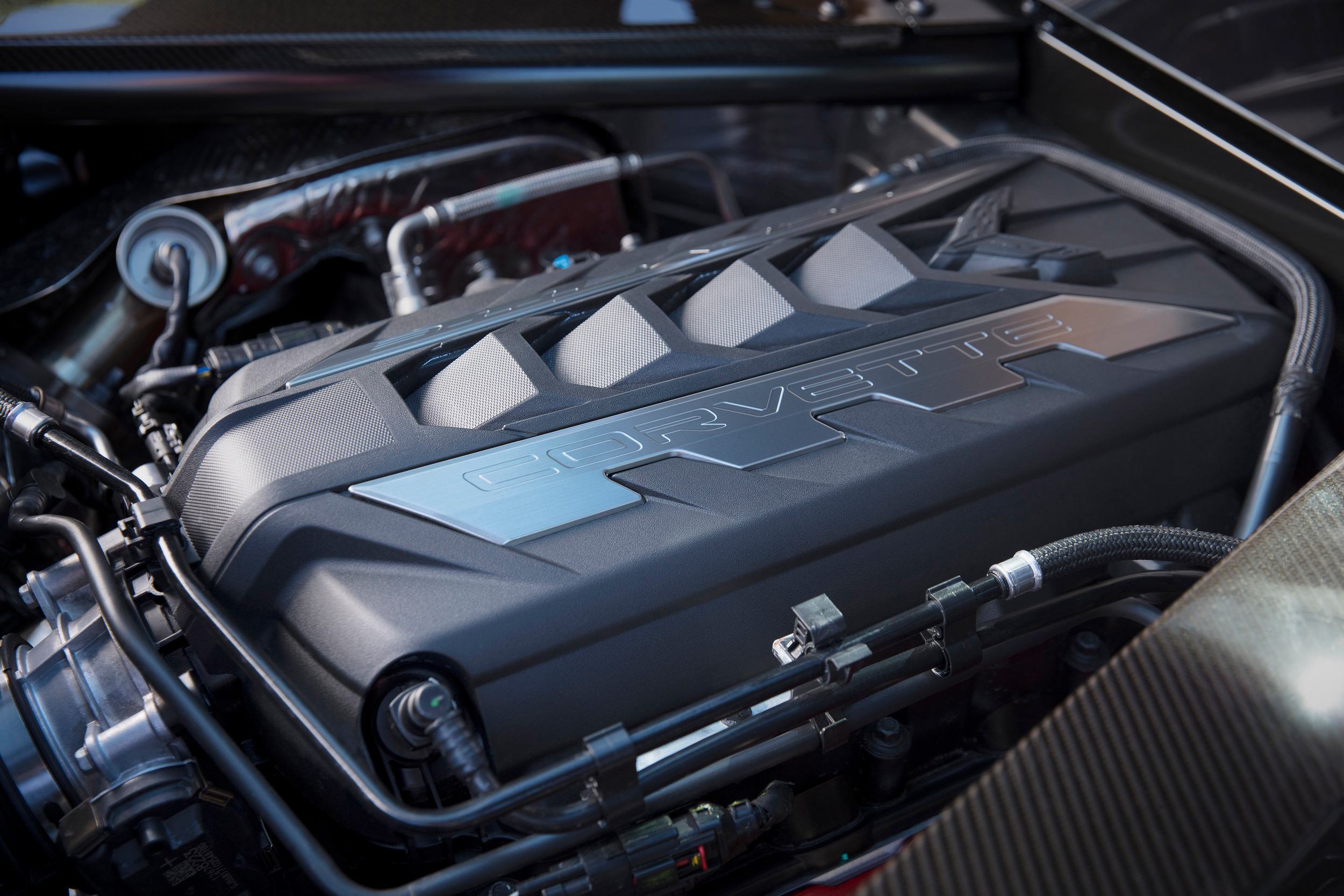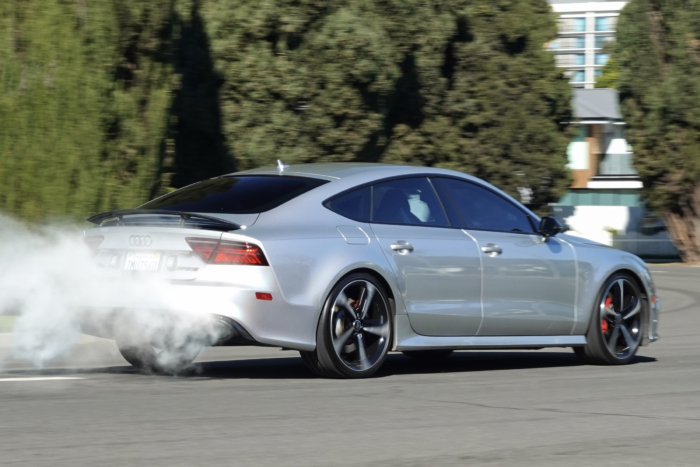We love the spinning, whirring, and whooshing inside every gasoline engine. But that doesn’t mean we understand every single piece of it. That’s okay; learning new things is always good. Especially when you can learn from a fun set of videos like the Toyota Engines 101 series.
These videos break down how engines work with more detail than you might have ever wanted. And if you do want more, the series has videos on valvetrains, diesel engines, and even turbochargers and superchargers. They are not overly brand-specific, covering features Toyota offers plus what they don’t — like economy-boosting diesel and muscle car horsepower secret supercharging.
Toyota Engines 101: How Engines Work
Diesel Differences
Valvetrains Explained
Turbo Talk That Doesn’t Suck

A modern gas or diesel engine works like a big air pump. Air comes in, fuel is added, the air-fuel mix ignites, and the exhaust is pushed out the back. An engine turns the pushing force of the air-fuel mixture igniting into a spinning force that can turn the transmission and then the wheels.
The number after the letter V tells you how many cylinders there are. Each cylinder has a single piston, and each cylinder has its air-fuel mix once per cycle of the engine.
The letter V tells you that the cylinders are set up in a V-shape, pointing off in two directions. This layout allows for twice as many cylinders in an engine half the length of an inline engine, usually marked with an I, like I4.
Flat or boxer engines open up that V until the cylinders are directly across from each other. That makes the engine short in length and lower in height, though it does make it wider.
The displacement of an engine is a measurement of how much air can flow into all of the cylinders and be mixed with fuel. It is calculated as the volume in the cylinder from the piston’s lowest point to its highest, and then multiplied by the number of cylinders.
For example, a 3.0L engine can hold 3.0L of air-fuel mixture in its cylinders. Displacement on older vehicles is often referred to in c.i., or cubic inches, with liters coming into use in the 1970s and becoming universal today.
A diesel engine uses a slightly different fuel (still petroleum-based) and lots of compression. Compression is the ratio of how much the air-fuel mix is squished as the piston moves from bottom to top of the cylinder.

Gas engines compress the mix to make it around 10 times smaller; diesel engines compress it twice that much. Extra compression makes more heat, and that heat ignites the diesel fuel at precisely the right moment.
That ignition is more efficient than a spark plug in a gas engine and results in more torque and better fuel economy. Watch the Toyota Engines 101 video for more information on the other tradeoffs.
A camshaft is a long metal tube that has highly engineered bumps on it. Those bumps are what open and close the engine’s valves. In an overhead cam engine, the camshaft is mounted on top of the cylinder head, directly touching the valves.
The more conventional design, called overhead valve, has the camshaft in the middle of the engine block. It has to open the valve using metal sticks called pushrods. Long pushrods are less precise at opening and closing the valves, especially at high engine speeds.

A turbo, short for turbocharger (which is also short for turbosupercharger) is a device that adds power by forcing more air into your engine.
Think of it like a water wheel where the water is the high-speed air flowing out of the engine’s exhaust. A turbo has a fan that is spun at extremely high speeds by that exhaust. That fan turns another fan, and that second fan sucks air into the engine and packs it into the cylinders.
That extra forced air can be combined with more fuel, so it makes your small engine act like a big one — or a big one act even larger.
Because it only forces in that extra air (called boost) when you need it, it lets automakers have a small engine for fuel economy when cruising, but get the benefits and power of a large engine when you hit the gas pedal. For more details, check out the Toyota Engines 101 videos.










